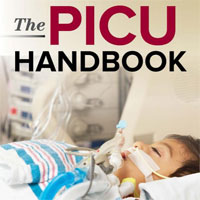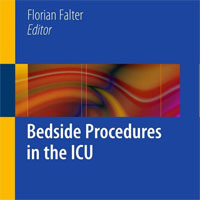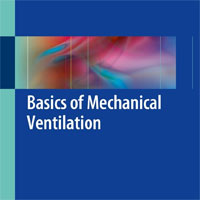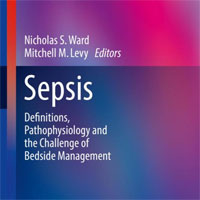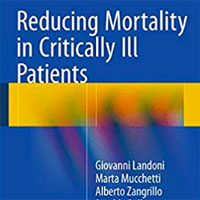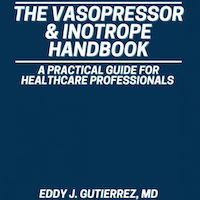Tag: oxygen
RECOVERY trial shows tocilizumab reduces deaths in patients hospitalised with COVID-19
The NIHR-supported RECOVERY trial has shown that tocilizumab - an anti-inflammatory rheumatoid arthritis treatment - reduces the risk of death for hospitalised patients with severe COVID-19. Researchers also found that... read more
Association between perioperative fluid administration and postoperative outcomes
Irrespectively to the amount of perioperative fluid administered, goal-directed therapy (GDT) strategy reduces postoperative complications, but not perioperative mortality. The metanalysis included 21 RCTs enrolling 2,729... read more
Pulse Oximeter Devices Have Higher Error Rate in Black Patients
A study showed that the devices, which measure oxygen levels in the blood, were three times more likely to give misleading readings among African-American patients. Pulse oximeters are one of the most commonly used tools... read more
Microtools to Identify and Resuscitate Microcirculatory Dysfunction in Critically Ill Patients
Despite recent advances in the timely restoration of impairments in the oxygen supply chain to the tissue (Yealy et al. 2014; Peake et al. 2014; Mouncey et al. 2015), circulatory shock remains a major contributor to mortality... read more
Hydroxychloroquine With or Without Azithromycin
Among patients hospitalized with mild-to-moderate COVID-19, the use of hydroxychloroquine, alone or with azithromycin, did not improve clinical status at 15 days as compared with standard care. A total of 667 patients... read more
Scvo2 in Sepsis: A Measurement Provided by Respiratory Care Practitioners
When treating patients with sepsis, intensive care unit (ICU) and emergency department clinicians have learned that improved outcomes occur when staff members work together as a team. This article outlines the value of central... read more
Validation of a Point-of-Care Capillary Lactate Measuring Device
Lactate Pro 2 had good agreement with the reference method using arterial blood but poorer agreement using venous blood. Our results show the potential for overestimation of the lactate values in haemodynamically compromised... read more
Automated vs. Conventional Ventilation in the ICU
Automated ventilation (AV) appears to reduce the incidence and severity of blood oxygen desaturation during daily nursing procedures (DNPs) in comparison to Conventional Ventilation (CV). Of the 265 included patients,... read more
Difficult Bag-Mask Ventilation in Critically Ill Children Is Independently Associated With Adverse Events
Difficult bag-mask ventilation is reported in approximately one in 10 PICU patients undergoing tracheal intubation. Given its association with adverse procedure–related events and oxygen desaturation, future study is warranted... read more
In the Fight to Treat Coronavirus, Your Lungs Are a Battlefield
Ventilators have become the single most important piece of medical equipment for critically ill coronavirus patients whose damaged lungs prevent them from getting enough oxygen to vital organs. The machines work by forcing... read more
Here’s a Lifesaving COVID-19 Test That Costs Almost Nothing
The New York Times ran a fascinating op-ed on Monday, and I’m surprised that it hasn’t gotten more attention. Here’s the nickel summary: a hotshot ER doctor volunteered to spend time at Bellevue Hospital in Manhattan... read more
Use of High Flow Oxygen Therapy Devices During the COVID-19 Epidemic
Medicines & Healthcare Products Regulatory Agency (MHRA) released a Central Alerting System (CAS) notice about the risk of a sudden pressure drop in oxygen supply pipes if demand through multiple wall outlets exceeds the... read more
COVID-19 Patients Need Oxygen Not Pressure!
Critically ill coronavirus patients are being inadvertently harmed by the very same breathing machines being used to keep them alive, warning Dr. Cameron Kyle-Sidell from Maimonides Medical Center, NY. In a video posted... read more
Is All Oxygen Created The Same?
Oxygen therapy is frequently used in the emergency department for the treatment of hypoxia and respiratory failure and can be delivered in a variety of ways. Conventional oxygen therapy (COT) via nasal cannula is often a... read more
The Oxygen Revolution: The Definitive Treatment of Traumatic Brain Injury (TBI) & Other Disorders
Hyperbaric oxygen therapy (HBOT) is based on a simple idea—that oxygen can be used therapeutically for a wide range of conditions where tissues have been damaged by oxygen deprivation. Inspiring and informative, The... read more
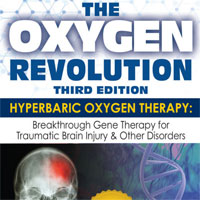
Adaptive Mechanical Ventilation with Automated Minimization of Mechanical Power
Adaptive mechanical ventilation with automated minimization of inspiratory power may lead to more lung-protective ventilator settings when compared with adaptive mechanical ventilation according to Otis' equation. Comparing... read more
Hyperoxia in the Critically Ill
Critically ill patients come to the ED all the time and it is almost reflexive to liberally administer oxygen in these acutely ill patients. Many providers may consider supplemental oxygen a harmless and potentially beneficial... read more
Venous Doppler and Veno-Cardiac Coupling
Concepts have been clanging around my head since I participated in Philippe Rola's sedulous Hospitalist & Resuscitationist Conference in Montreal. Initially, the abstractions of ventriculo-arterial coupling, Guytonian physiology... read more
High-flow Oxygen Therapy for Treating Bronchiolitis in Infants
Bronchiolitis is the most common reason for hospitalization in infants worldwide. Current recommendations by the American Academy of Pediatrics are for supportive care including maintenance of hydration and oxygen support... read more
Oxygen Use, Lower Lung Function Seen as Predictors of Death or Transplant in IPF
The use of oxygen at rest is associated with a greater likelihood of death or lung transplant in people with idiopathic pulmonary fibrosis (IPF), a study shows. The results also showed that lower lung function at the start... read more
Minimizing Catecholamines and Optimizing Perfusion
The main goal of hemodynamic resuscitation in shock is to improve tissue perfusion and oxygenation. As these cannot be directly evaluated at bedside in routine practice, physicians are left with surrogates such as perfusion... read more
A Trial of Goal-oriented Hemodynamic Therapy in Critically Ill Patients
Hemodynamic therapy aimed at achieving supranormal values for the cardiac index or normal values for mixed venous oxygen saturation does not reduce morbidity or mortality among critically ill patients. A total of 10,726 patients... read more


